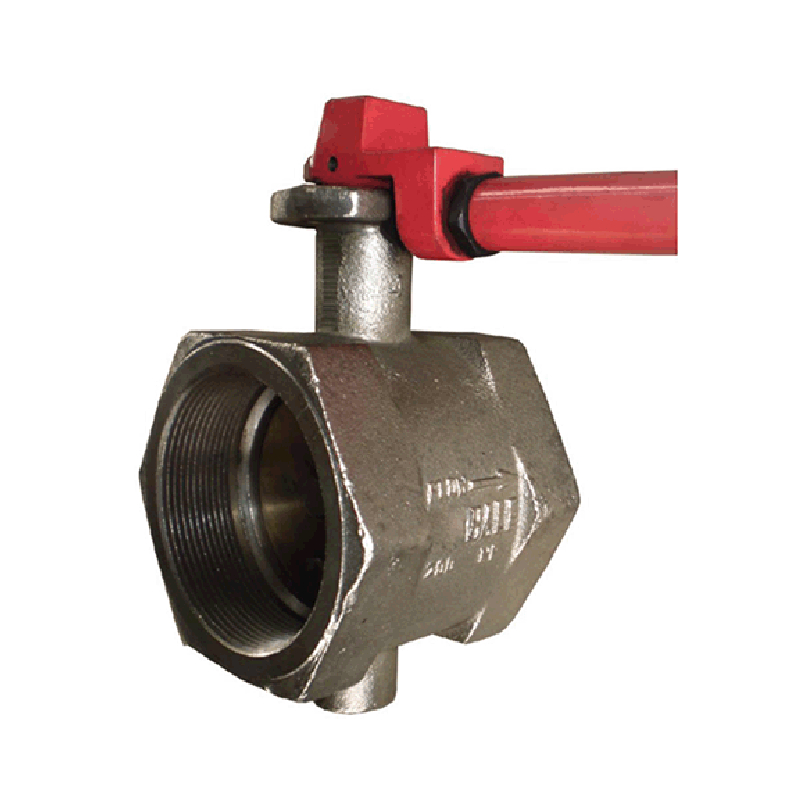9 月 . 05, 2024 23:05 Back to list
Actuated Ball Valve Solutions - Precision Control for Fluid Systems
Understanding Actuated Ball Valves A Comprehensive Overview
Actuated ball valves are crucial components in various industrial applications, playing a vital role in controlling the flow of liquids and gases. These valves combine the advantages of a traditional ball valve with an actuator—usually electric, pneumatic, or hydraulic—allowing for remote operation and automation in fluid control systems.
Definition and Functionality
A ball valve consists of a spherical disc (the ball) with a hole through its center. When the valve is open, the hole aligns with the flow, allowing fluids to pass through. When closed, the ball turns to block the flow entirely. Actuated ball valves enhance this functionality by integrating an actuator that can open or close the valve without the need for manual intervention. This feature is especially beneficial in environments where safety, precision, and efficiency are paramount.
Types of Actuators
There are several types of actuators used with ball valves
1. Electric Actuators These utilize electric power to operate the valve. They are ideal for applications requiring precise control and can be easily integrated into automated systems.
2. Pneumatic Actuators Using compressed air or gas, pneumatic actuators provide quick and reliable operation. They are favored in processes where speed is essential.
3. Hydraulic Actuators These actuators use hydraulic fluid to control the valve. They are typically employed in heavy-duty applications where high force is necessary.
Each actuator type offers unique benefits, and the choice depends on the specific needs of the application, such as speed, control precision, and environmental considerations.
Applications
Actuated ball valves are extensively used across various industries, including
actuated ball valve

- Oil and Gas In oil refineries and gas processing plants, actuated ball valves are deployed for controlling the flow of hydrocarbons, ensuring safety and efficiency in operations.
- Water and Wastewater Treatment These valves help manage the flow of water through treatment systems, facilitating effective processing and distribution of clean water.
- Chemical Processing In chemical plants, actuated ball valves control the flow of corrosive and hazardous materials, providing both safety and reliability.
- HVAC Systems Actuated valves help regulate heating, ventilation, and air conditioning systems, maintaining optimal climate control in buildings.
Advantages of Actuated Ball Valves
The integration of actuators with ball valves offers several advantages
- Automation Actuated ball valves can be easily integrated into automated systems, allowing for remote monitoring and control.
- Safety Automated operation reduces manual handling, thereby minimizing the risk of accidents in hazardous environments.
- Efficiency Quick actuation improves process efficiency, enabling better control over the flow and pressure of fluids.
- Precision These valves offer precise flow control, critical in processes where exact measurements are necessary.
Conclusion
Actuated ball valves represent a sophisticated solution for fluid control challenges in modern industries. Their combination of reliability, efficiency, and safety makes them an essential component in many applications. As technology continues to evolve, the design and capabilities of actuated ball valves will likely advance, further enhancing their usefulness in complex industrial processes. Understanding these valves and their operation can facilitate better decision-making for engineers and operators in various sectors.
Share
-
Understanding the Differences Between Wafer Type Butterfly Valve and Lugged Butterfly ValveNewsOct.25,2024
-
The Efficiency of Wafer Type Butterfly Valve and Lugged Butterfly ValveNewsOct.25,2024
-
The Ultimate Guide to Industrial Swing Check Valve: Performance, Installation, and MaintenanceNewsOct.25,2024
-
Superior Performance with Industrial Swing Check Valve: The Essential Valve for Any SystemNewsOct.25,2024
-
Industrial Swing Check Valve: The Ideal Solution for Flow ControlNewsOct.25,2024
-
You Need to Know About Industrial Swing Check Valve: Functionality, Scope, and PerformanceNewsOct.25,2024